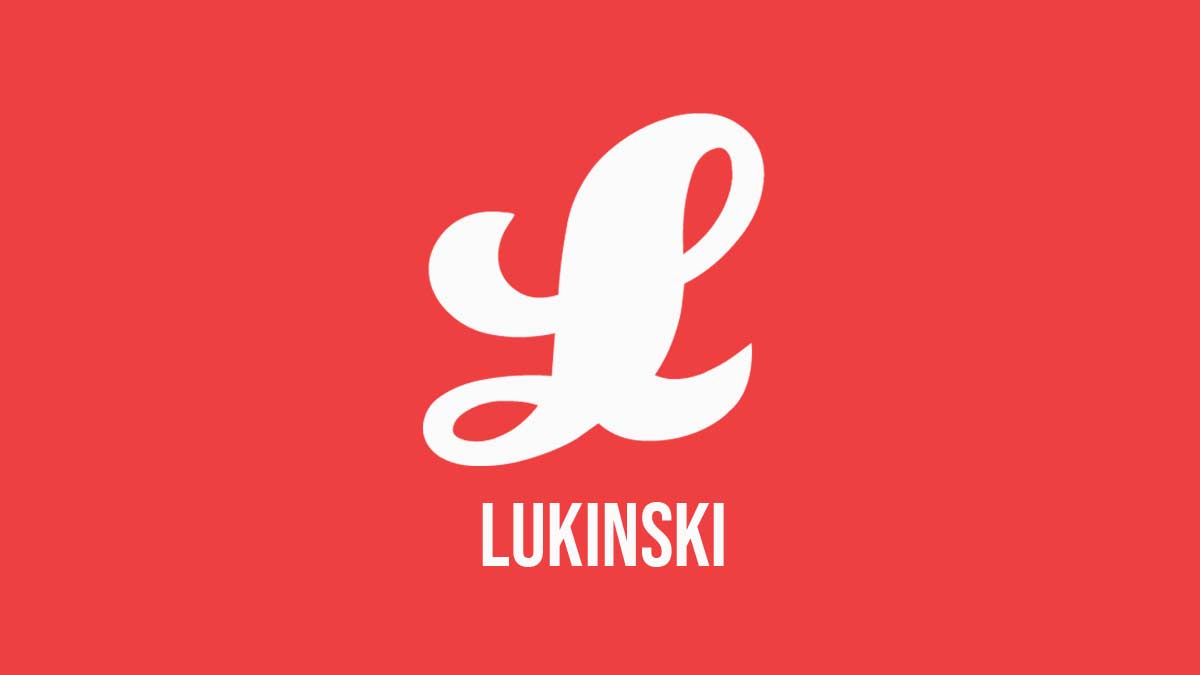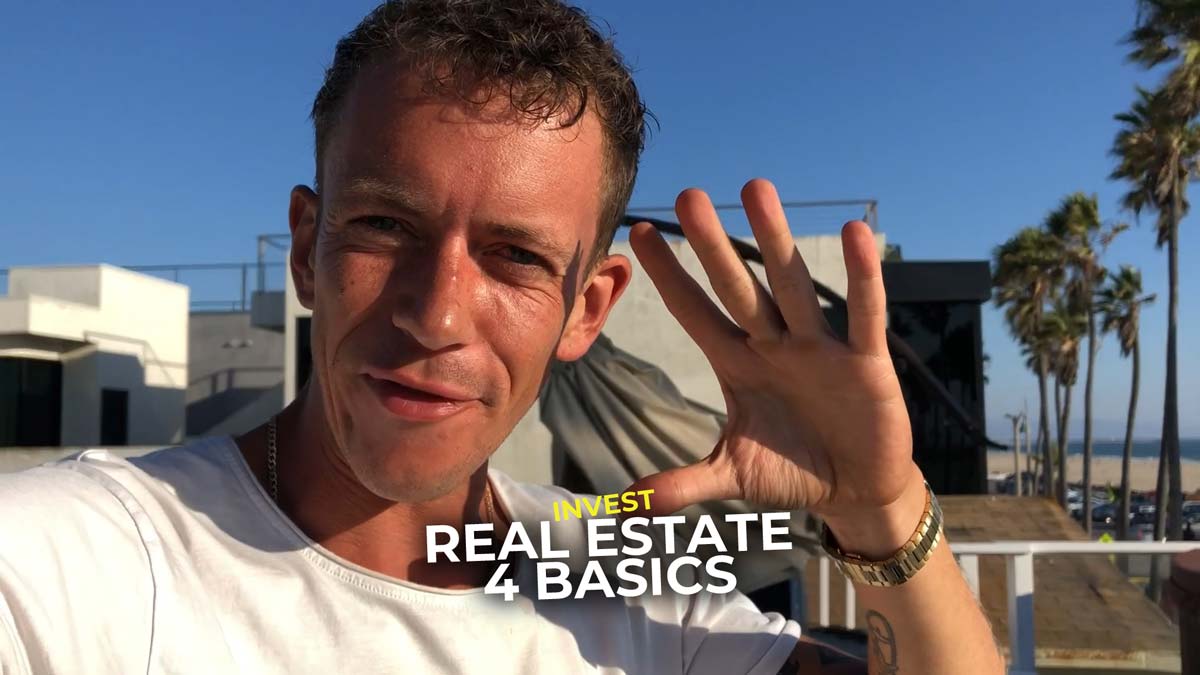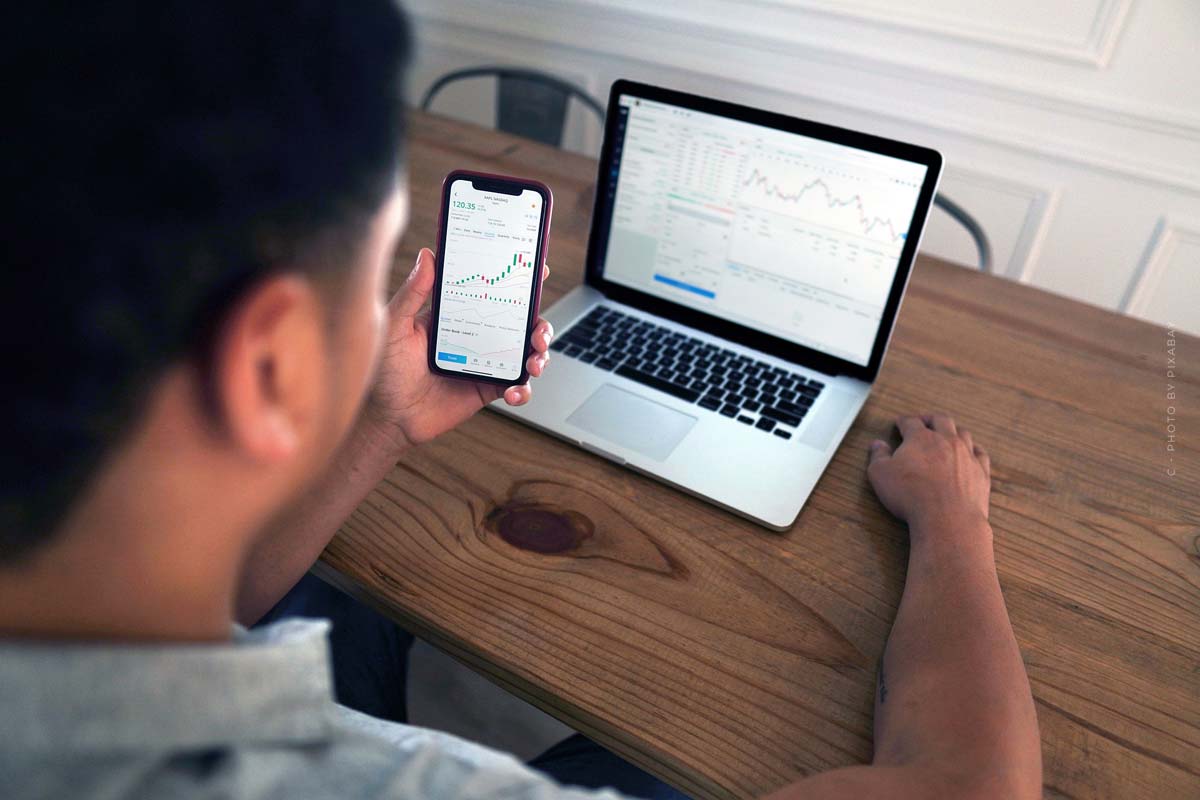Capital investment: Investing money in real estate & co. – definition, comparison and investment tips
Capital investment: Investing money in real estate and shares – Here you will find everything you need to know to make money with real estate. Definition, comparison and investment tips, we have compiled the most important factors for you. Tip! At the end of the article on capital investments in comparison you will find further links such as: “Real estate purchase guide for house & condominium” and “New construction projects: Private, process, costs”. Good luck with your investment. If you have any questions about capital investment and asset management, please contact our experts.
Which system is right for me? Definition and meaning
Through company profits, a good salary, an inheritance or winning the lottery: when it comes to large sums that need to be set aside (invested), the question arises: what can I do with this capital to make it grow without having to do anything myself? There is a real wealth of investment opportunities on the German and international markets. But which of the investments suits my wishes and me? There is no “right” way through the jungle of investments.
A guide through the investment jungle
Call money, savings accounts, crowd investing, gold bars or real estate (!!) – anyone who opens the product pages of banks and other investment brokers quickly loses track. When reading the first few sentences, it often becomes clear that most advisors only have their own product range in mind.
It is therefore a real challenge to find a guide through the investment jungle. You will certainly find the “right” thread for you personally once you have clarified your own investment goals.
Is there a “best investment in the world”?
It is not a sign of ignorance or megalomania to ask about the best investment in the world! However, the answer depends on who you ask and, above all, what the investor himself wants. A serious investor should not expect objectivity in the strict sense. It is therefore important first and foremost to consider your own objectives with regard to the investment.
Five questions for serious investors
- How much capital do I have available?
- How long can I do without my capital?
- How much time do I have to look after my investment?
- What risk am I prepared to take?
- How much experience do I have with investments?
The answers to these questions ultimately determine your personal investment type. What sounds like “pigeonholing” has been a legally effective basis for serious investment advice in the investment business for some years now. The main purpose of these questions is to ensure that the investor is sure whether the product on offer meets his or her requirements. This provides better protection against unpleasant surprises. After all, it’s about money and therefore a significant part of your own existence. By no means every investor is a multi-millionaire and can cope with the possible losses that even the supposedly best investment in the world entails.
Everyone wants risk-free investments!
According to official estimates, around 150 billion euros are currently lying dormant as cash in German households. The total assets in German households are in the region of several trillion euros. There are many reasons for this. Essentially, this “bunker method” is based on the fear of losing money if it is not kept – often literally – under the pillow. But perhaps there is also a good deal of disorientation behind it in view of the many and varied investment opportunities. True to the lyrics of Nina Hagen’s song “I can’t make up my mind, it’s all so colorful here”!
It is not only beginners in the investment business who dream of THE investment without risk, with maximum returns – i.e. the profits that their own money generates through the form of investment. However, this should be pointed out at this point: There is no such thing as a capital investment without risk! Because even the classic savings account or even the “pillow method” carry the uncertainty of the creeping devaluation of money – known as inflation. Put simply: Anyone who has €10,000 under their pillow or “in the bank” (meaning a savings account) today will be able to do less with it in ten or more years’ time in terms of its value (or purchasing power).
In Germany, this has been between 0.3% and 2.6% over the past ten years (Statista). With current interest rates on savings – including overnight deposits – of 0.2% to 0.5%, the loss in value is lower, but still there.
Your personal investment type
This already makes it clear that simply doing nothing with your capital – no matter how big it is – cannot be the solution. It can and should be fun to look at your “personal investment type”. Investors can also make an initial assessment of their investment type outside of discussions with investment advisors. This does not mean that a decision is made about the type and content of the future investment.
Basically, it can be said that the greater your willingness to take risks and your ability to deal intensively with your investment, the greater your chances of a return. But beware: where there is a lot of light, there is also a lot of shadow! Because the opportunity for a return is also the risk of a return, i.e. a loss! It’s a good thing that there are often even several offers for every type of investment – meaning people.

The classics: the good old bank account and interest
Anyone who remembers World Savings Day will also remember that even the small pennies paid in at the time – now called cents – actually earned interest in total. In the 1970s and 1980s, savers received between 4% and 5% interest. This has been going downhill for many years. Today, savings accounts only earn 0.02% interest. In some cases, penalty fees are even charged for savings deposits. Nevertheless, the classics among German savings forms are here to stay. So here is a brief overview.
- Savings book
- Call money
- Fixed-term deposit
- Savings bond
- Capital payment plan
- Fund
Savings book
The good old savings book. Virtually 100% security; no fees, withdrawal limit usually limited; very low interest rate; notice required; very low return.
What does security mean? A total amount of 100,000 euros per account according to the German government’s deposit protection scheme.
Call money
Call money is virtually 100% security; no fees, unlimited withdrawal limit; low interest rate (slightly better than savings account); can be terminated at any time without notice; very low yield.
Looking for favorable conditions?
Fixed-term deposit (and savings bond)
Fixed-term deposits are virtually 100% secure; no fees; no availability during the agreed term; therefore higher interest rate than savings accounts or call money; fixed interest rate for the entire term; contract expires automatically; very low return.
Looking for favorable conditions?
Capital payment plan
Special form of (pension) insurance; the “saver” receives monthly payments from the lump sum paid in; minimum interest rate guaranteed (but currently very low); if “capital depletion” is agreed, payments are made until the capital (including interest) is used up, making higher payouts possible; without “capital depletion”, the monthly payouts are lower, but payments are made for life; low return; very low risk; very low return.
The best way to think of a fund is as a “pot” into which many savers put money. The pot is managed by fund managers who invest the money collected in shares, bonds, real estate and other securities. There are different types of funds: equity funds invest their capital mainly in shares, bond funds buy fixed-interest securities. Mixed funds, for example, consist of shares and fixed-interest securities.
At the latest with the issue of Deutsche Telekom’s so-called “T-share”, savers and investors alike have realized that buying shares in companies can be worthwhile. And since the last financial crisis in 2008 at the latest, many investors have been putting their money into precious metals – preferably gold. What are the advantages? What is against it?
Reading tip:
While shares used to be regarded merely as a speculative investment, today they are seen as an alternative capital investment. Especially in times of low interest rates, shares are becoming increasingly popular.
Investors can earn money by investing in shares in two different ways. On the one hand, investors participate in the company’s profits by the company paying out a dividend, and on the other hand, investors can benefit from increases in value by trading shares. However, the latter reason also involves risks, as it is not uncommon for shares to lose value, which can lead to a lower selling price.
Total loss of capital is also possible!
This is why investing in shares can involve a considerable amount of work for the investor. They must keep a constant eye on the price performance of their investment in order to be able to react quickly in the event of a “crash”. It is even better to act before impending price falls and to shift your assets into other shares. This requires a great deal of knowledge about capital markets and the internal relationships between companies and their markets. There are also fees for the share portfolio and much more. However, as mentioned above, there are numerous investors who have significantly increased their wealth through shares.
Gold and other precious metals on the stock market
There are various ways to invest in gold or other precious metals. The most common is the “physical investment” – i.e. the purchase of the precious metal itself, for example in the form of bars or coins. So-called “exchange-traded gold products” ultimately involve securities that are based on the price of gold. And finally, you can also choose to invest in gold mines.
Anyone who invests their money in gold bears the risk of the development of the gold price. In contrast to a share, gold/precious metal does not develop its value on its own like a company. The price of the precious metal depends solely on supply and demand. There is also a currency risk with gold investments, as the gold price is quoted in dollars and the exchange rate between the euro and the dollar must be taken into account when buying and selling. In the opinion of many experts, precious metals are rather unsuitable as a capital investment from a pure return perspective.
In the long term, the price fluctuations for gold are even much higher than for shares.
Gold is particularly suitable as an investment for investors who are afraid of a currency crash, i.e. fear of the massive and rapid loss in value of their own money.
In this respect, it makes perfect sense to speak of “concrete gold” when referring to real estate as a capital investment. However, the returns on proper real estate investments are higher than those on gold and at least as secure.
The exotics: Green investments, hedge funds and “rare earths”
If this is all too conventional for you, there are also numerous opportunities on the investment market that traditional German savers would describe as “exotic”. Investments in alternative forms of energy are another option that can be understood with a little financial savvy. But what about highly speculative funds or investments in food? Even raw materials such as rare earths are offered and used as investments.
Green investments
Available both as direct company investments (shares) or in fund form; energy producers, food producers, etc. are on offer; fund management is often based on ethical criteria (no arms industry or suppliers, sustainable agricultural projects, forestry, etc.); return opportunities and risks as well as costs comparable with traditional investments and funds.
Hedge funds: betting on negative prices
Investment form for large amounts (usually six-part amounts or more); closed fund (the money is not available for a longer period of time); hedge funds usually speculate on the negative development of market values; high-risk investment form for investors with large assets; sometimes also institutional investors (banks, insurance companies).
Winebank: Investing in wine
In real wine cellars (usually located in the capitals of wine-growing regions), wines from particularly well-known and good locations from selected winegrowers are stored; investors either buy the wines themselves and store them in the winebank’s vaults; the return is realized through sales; there are now also fund investments in wines; The fund manager is an employee of the wine bank; funds are intended for wine investors who do not necessarily want to deal with the “real” wines themselves; returns can be in the double-digit range; however, the investment risk is very high, as wine as a foodstuff is subject to quality fluctuations and its value is also extremely dependent on demand. Only luxury watches are even more popular as an investment.
Rare earths
Investments are made in raw materials (earths or metals) for industrial production, usually of electronic products; less interesting for small investments of a few €10,000; long capital commitment period; highly risky due to sometimes severe fluctuations in value; artificially produced substitutes can make these natural raw materials superfluous; then there is a risk of total loss of capital.

Conclusion: Capital investment – what makes sense?
The more unusual the form of investment, the more familiar the investor should be with the market.
Especially if you are dependent on your money for a pension, for example. It may sound a bit “bourgeois” to your friends if you don’t invest in wine or indium (raw material for the production of flat screens). However, conventional investments (and now certainly also green investments) offer a high degree of stability and security. If you invest your money in real estate, you can even see your investment in real life and show it to other people.
Real estate is becoming increasingly popular as an investment
The term “concrete gold” for a property as an investment has already been used above. In fact, it is not far-fetched to compare the purchase of an apartment or house as an investment with the popular precious metal. Real estate as an investment is also about security and good returns in equal measure. Real estate certainly won’t take you to the proverbial yield heaven, but it does offer a high degree of security in terms of performance and two sources of return on your invested capital.
Capital payment plan
The latter always works if the investor does not live in the purchased property themselves. This is because, in addition to the increase in the value of the property, there is also the monthly rental income. As with a capital payment plan, buyers of rental apartments or houses receive money from the capital investment month after month in this way. The return from the increase in value as such can only be realized when the property is sold.
Net annual rent
As with all investments, there are a few things to consider in the real estate business: The yield. First of all, it is important to pay a reasonable purchase price in view of the expected rental income.
When buying, 20 times the net annual rent is a good benchmark(purchase price factor).
However, due to the current low level of interest rates, there are also offers in attractive regions of Germany where the purchase price is 25 to 30 times the net annual rent. You can easily calculate this with my real estate calculators, specifically the yield calculator and the purchase price factor calculator.
This is already the second exclamation mark:
The location of the apartment or house plays a central role in real estate as an investment.
Consistently high or even rising rental income can only be achieved in sought-after residential locations and regions. In addition to job offers and leisure opportunities for tenants, micro-locations close to shopping facilities, schools, etc. also play an important role. The best basis for a high rental yield is a very low purchase price with a high rental income. However, this is rather rare in the current market situation.
Security of the investment
The type of property also has an important influence on the security of a real estate investment! In view of the increase in single households, investing in single apartments (so-called micro-apartments) initially appears attractive. For students or senior citizens, for example. However, with this form of housing, a higher tenant turnover and thus higher interim costs for finding a tenant etc. must be expected. Short-term loss of rent must also be taken into account.
Minimum return on a property
Nevertheless, anyone who invests their capital in a property – apartment building or apartment – in a good to very good location does not need to worry about secure performance and returns from rents. Realistically, they are 5% yields and more.
- 2% amortization
- X% interest
- 2% maintenance reserve
So that’s the minimum return you need.

5 forms of real estate investment
The purchase of a property as a capital investment is quite classic. However, there are also real estate investments that function like funds or shares. In this case, the investor is not the sole owner of a property, which he can also enter himself.
The capital is invested in real estate companies by purchasing shares; currently very high returns; but also high entry prices; further performance very uncertain in the long term; high price fluctuation risk; management fees, etc. Here you will find all current daily prices of the top 20 real estate shares.
Real estate bonds
Here, the capital invested is secured by an entry in the land register; the capital can therefore be repaid in full or at least in part by selling the property; however, the land register entry is usually not first-ranking, so that a complete loss of capital can occur even if the property is sold; only for experienced investors; high returns possible
Real estate funds
The capital invested in the fund is spread across many real estate investments; risk diversification offers security; this results in management costs; risk of poor real estate values in the fund reduces returns; “closed-end real estate funds” are very risky and only make sense for long-term investors
Crowd investing
A very popular form of investment in real estate for some years now; “crowd funding” is also possible with very small amounts from €10; investors can choose the properties for their investment themselves and are therefore their own fund managers; risk of total loss is limited with broad diversification; risk due to lack of say in the development of the investment properties; the projects offered are often second-rate because banks did not want to finance them; in the event of insolvency, crowd investors are served last and are usually left empty-handed
Real estate purchase
Real ownership of a property is considered the safest form of capital investment in the real estate sector; stable and secure value growth when purchase price and location criteria are taken into account; no additional capital required if the property is in good condition; own time required to manage the capital investment, but rather low; double yield payments from rental yield and sales yield; profit from sale of the property tax-free from ten years after purchase(speculation period).
Conclusion: The “best investment in the world”?
The “best investment in the world” is therefore the one that best suits you as an investment type. If you are looking for security and returns in equal measure and have “staying power”, you should think about buying a property. There is something on the market to suit every budget. As with all investments, you should make sure that the risk is spread as widely as possible. So why not just buy a decent apartment and rent it out first, but then put the remaining capital into another – perhaps short-term or more speculative – investment? In any case, you should seek good advice and be aware of the opportunities and risks to the best of your ability.
2 more little tips!
“Richer than the Geissens” – now free of charge
Bestseller! The book “Reicher als die Geissens” by Alex Fischer is an inspiring guide for anyone who wants to achieve financial freedom and build their wealth through real estate investment. With over two decades of experience as a successful real estate investor, Fischer shares his extensive knowledge, proven strategies and valuable experience to help readers achieve their financial goals â¡ï¸ “Richer than the Geissens” free.
My (new) real estate children’s books: Timmy’s adventures
Would you like to read your children an exciting bedtime story and let them learn about real estate and investments in a fun way at the same time? Then my new Timmy, Lea and Finn stories are just the thing! You can read all the books and stories online for free or download them as ebooks.











